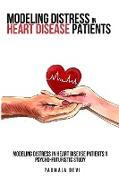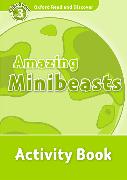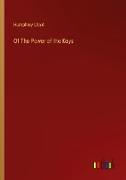Modeling distress in heart disease patients A psycho-futuristic study
BücherAngebote / Angebote:
The Constitution of the World Health Organization (WHO) defines health as "A state of complete physical, mental, and social well-being not merely the absence of disease"[!]. It follows that the measurement of health and the effects of health care must include not only an indication of changes in the frequency and severity of diseases but also an estimation of wellbeing and this can be assessed by measuring the improvement in the quality of life related to health care. WHO defines Quality of Life as "An individual's perception of their position in life in the context of the culture and value systems in which they live and in relation to their goals, expectations, standards and concems"[2]. It is a broad concept affected in a complex way by the person's physical health, psychological state, personal beliefs, social relationships and their relationship to salient features of their environment that is, the distress the person is experiencing. In the context of chronic diseases, 'distress' has been defined as "An unpleasant emotional experience of a psychological (cognitive, behavioural, emotional), social and or spiritual nature that interteres with the ability to cope effectively with disease and treatment". Distress extends along a continuum, ranging from common normal feelings of vulnerability, sadness and fears to problems that can become disabling such as depression, anxiety, panic, social isolation, and spiritual crisis. However, this is a too broad spectrum that overlaps with well-established clinical entities (anxiety and depression). Therefore, for the present study 'distress' is hypothetically defined as "A state of vulnerability, sadness, fears, social isolation, and even perhaps spiritual crisis, but excludes the clinical entities of anxiety or depression"[3, 4].
Folgt in ca. 5 Arbeitstagen




